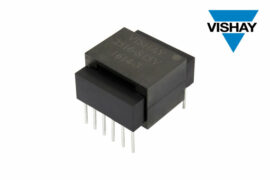Lithium-ion batteries are attracting a lot of interest as an alternative to lead-acid batteries for use with data center UPS systems. One of the most attractive aspects of the technology is the projected life expectancy. They don’t just offer a slight improvement over lead-acid batteries; their longer life can potentially eliminate at least two replacement cycles.
The problem, of course, is that there are currently no lithium-ion batteries that have been operating in data centers anywhere near that length of time. The technology in this application is just too new. Without real-world operating data to reference, how can data center operators have confidence that lithium-ion batteries will deliver on their projected life expectancy?
That’s one of the most common questions we get from customers considering a transition to lithium-ion batteries. To address the concern, it’s necessary to understand a little bit about how lithium-ion batteries degrade in data center applications.
Lithium-Ion Battery Degradation
Lithium-ion batteries have two largely independent modes of degradation: cycle life and calendar life. In data center applications, battery cycling is typically infrequent and calendar life is the primary driver of useful life.
Calendar life describes how the capacity of the battery declines over time. As with other battery technologies, the temperature is an essential factor in calendar life. A lithium-ion battery operating in higher temperatures will degrade faster than the same battery operating at lower temperatures.
Since lithium-ion batteries have been used in automotive applications for more than a decade, battery manufacturers today have a large volume of calendar life data, both under controlled lab and in real-world conditions. This data shows that lithium-ion batteries degrade predictably over time and are not subject to sudden drop-offs below a certain capacity level. The data is also more than sufficient to enable high-confidence projections about lithium-ion battery life, particularly in data centers where the ambient temperature is far more controlled than in an automotive context.
So, while we can’t point to data center applications where lithium-ion batteries have been in operation for twelve or thirteen years, we can apply other experiences to set realistic expectations for battery life based on the specific battery system and application.









